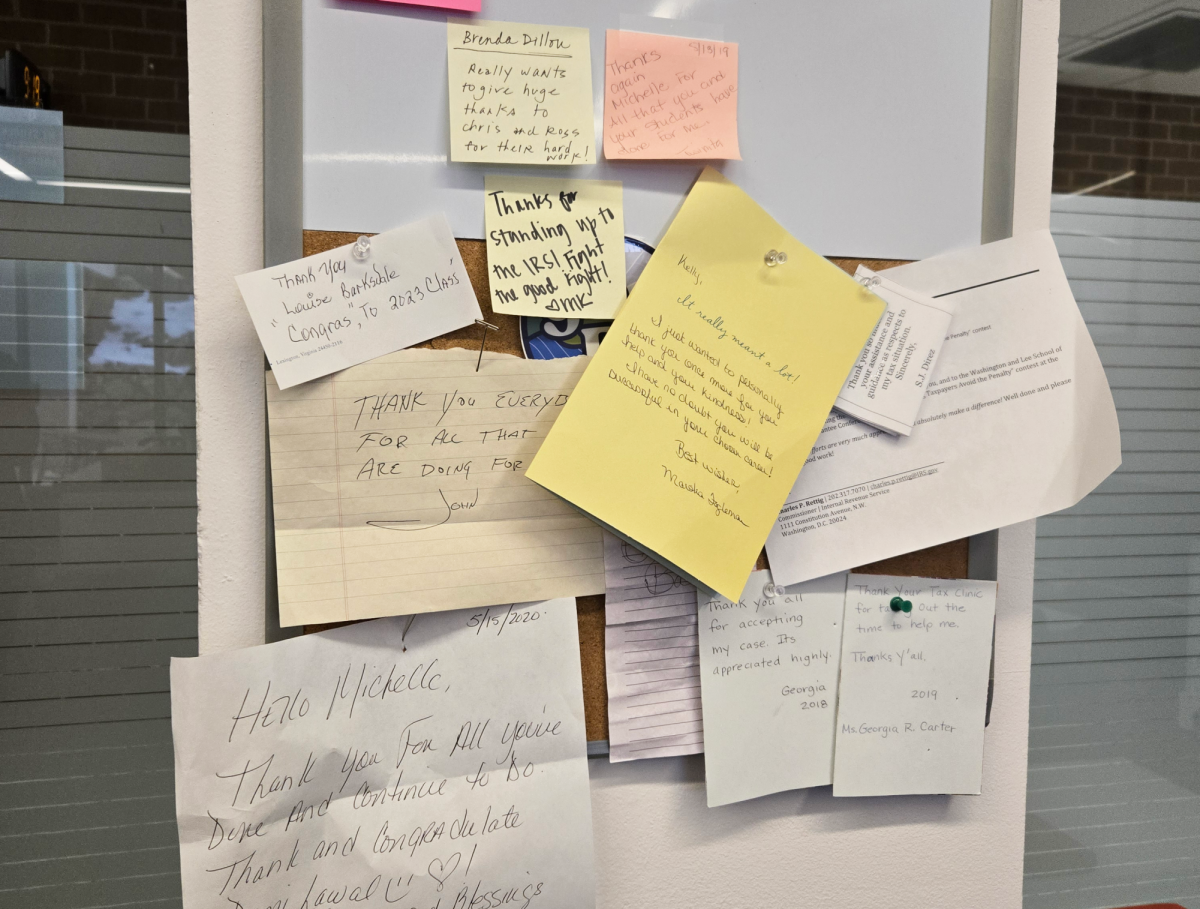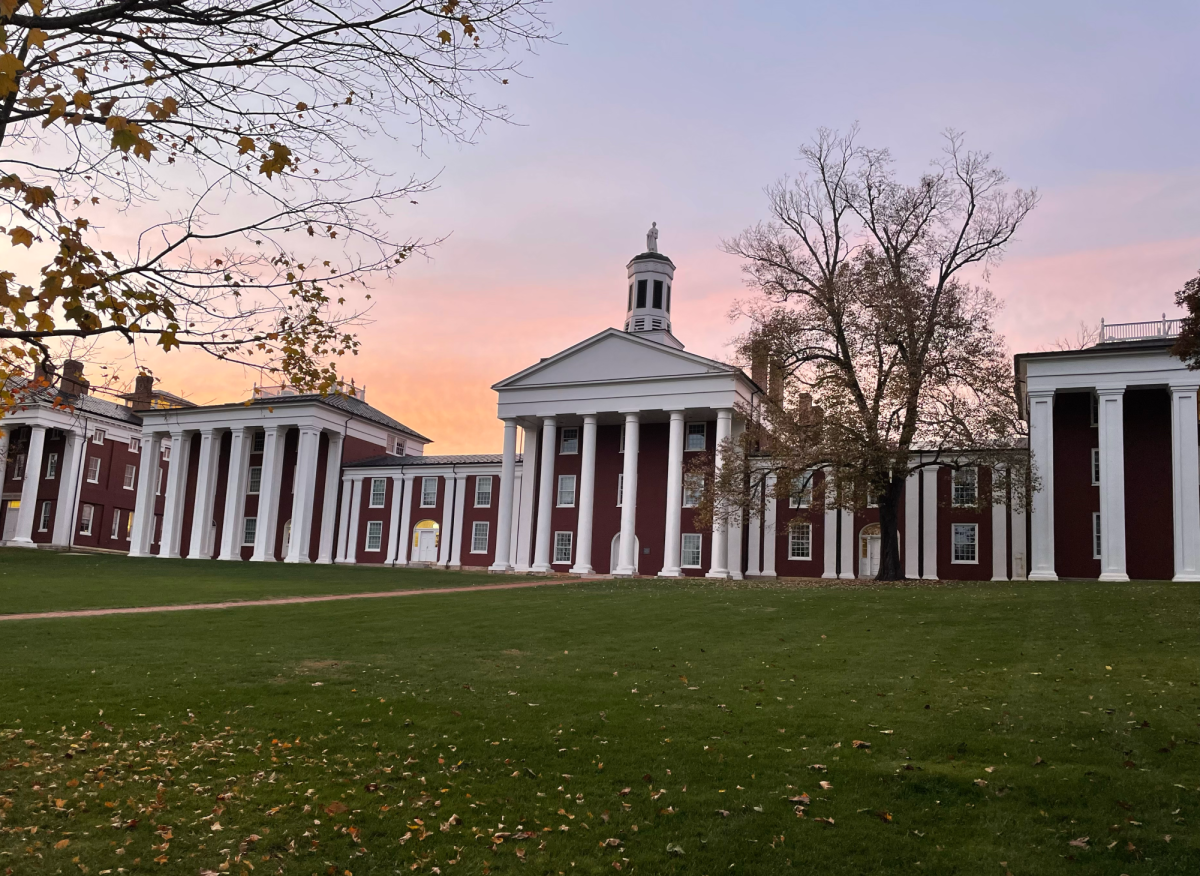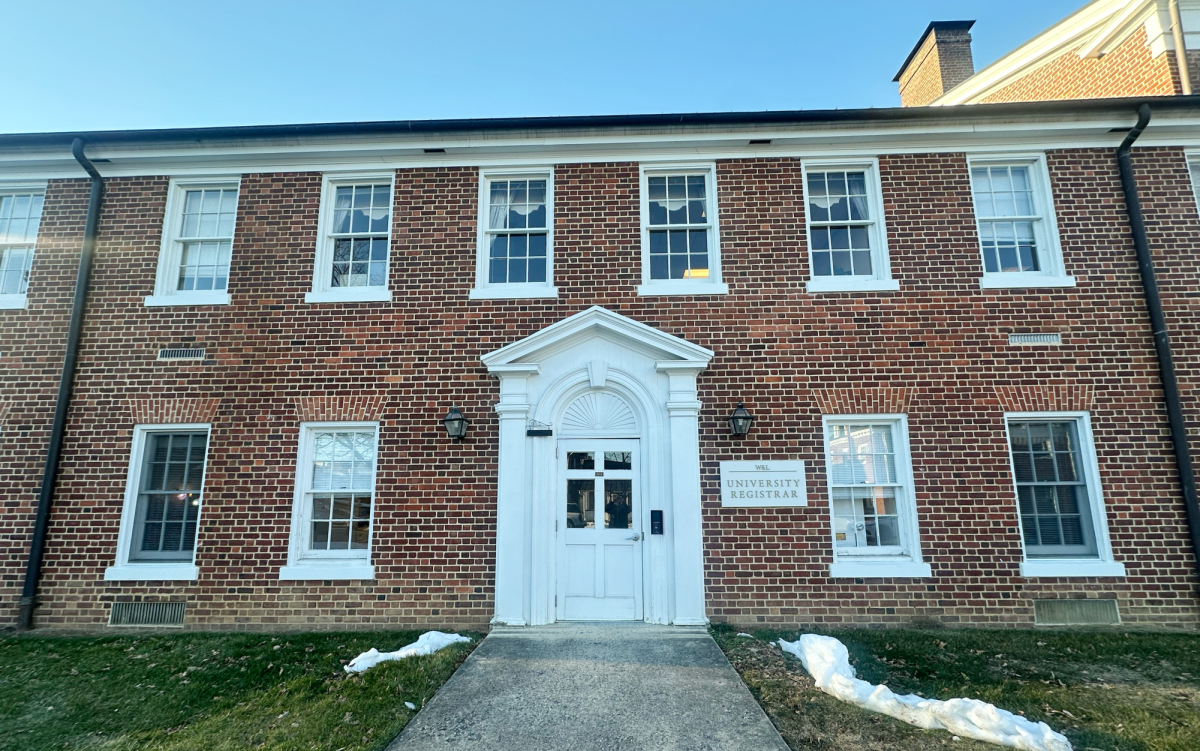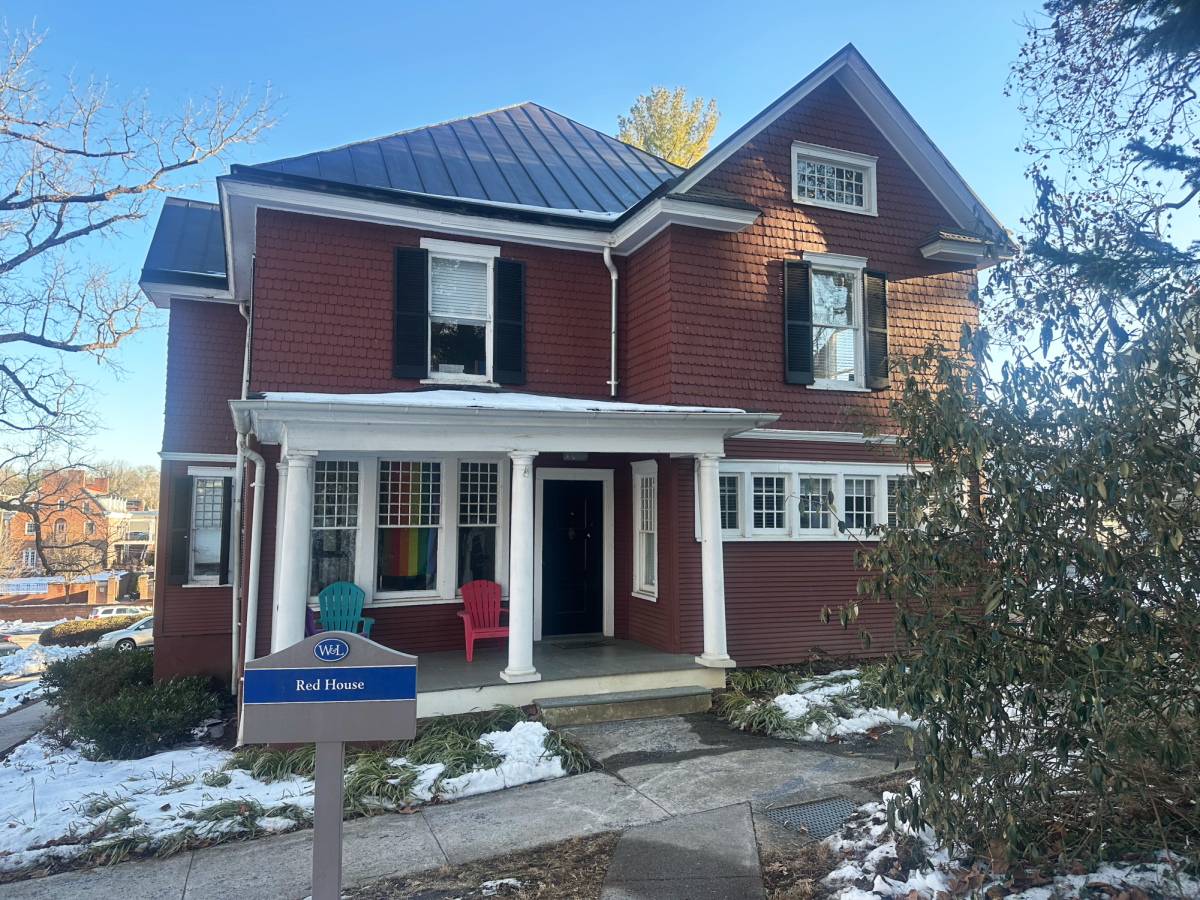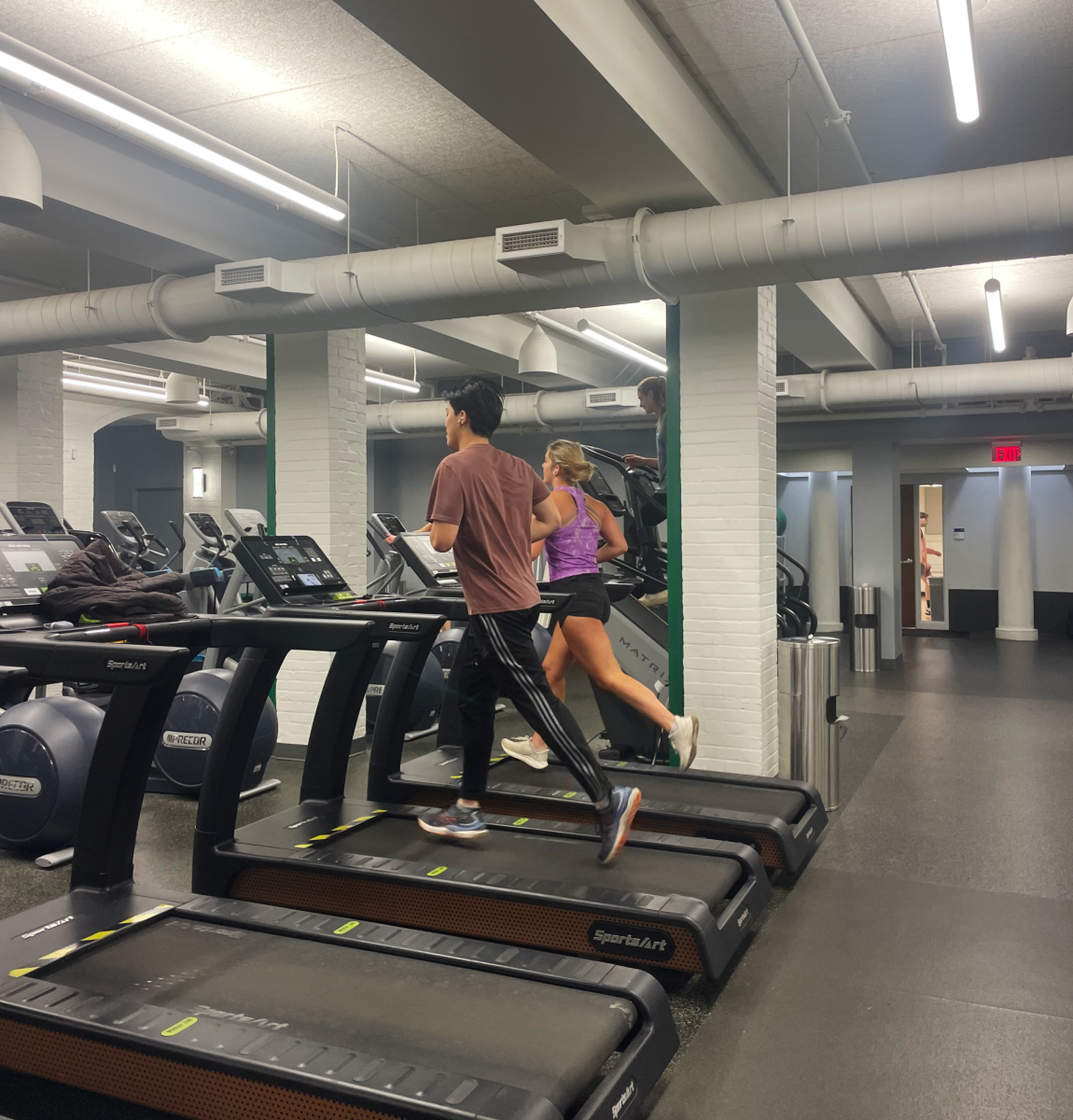Being in a small town with a tight-knit college community, students report feeling safe at Washington and Lee. Lizzy Nguyen, ’25, said that she likes to go out at night and has “never felt unsafe on campus.”
Chace Thompson, ’27, also said that he has never felt in danger and feels that the “community cares a lot about students.”
Danny Jakubowski-Lewis, ’26, said that he “feels fairly safe on campus because the student body is generally kindhearted and considerate.” However, he also added that he understands that minority students may feel uncomfortable off campus due to town events like Lee-Jackson Day, which he feels “sets an unwelcoming climate.”
On campus, there is a strong sense of trust in part due to the Honor System, allowing students and faculty to feel comfortable leaving their belongings unattended without having to worry about them being stolen.
However, this could potentially lull students into a false sense of security, said Toni Locy, professor of journalism and mass communications. She said that students may feel that their belongings are safer than they actually are, and that the university could be doing more to prepare for unexpected emergencies.
The Clery Act, a federal law passed in November 1990, requires colleges and universities to have information about campus crime and safety publicly available in an annual security report. Washington and Lee’s 2024 Annual Security & Fire Report describes many resources available to students in case of emergencies such as the blue emergency phones, which have blue lights above them for easy identification in case of emergency, and the LiveSafe app, which allows students to contact Public Safety at any time. But there is no mention of any cameras or surveillance systems in place.
When it comes to reported crimes, there were 12 at Washington and Lee in 2021, according to the 2024 Annual Security & Fire Report. Those included seven sexual offenses, two burglaries and three car thefts. With 2,230 full-time students, that is about five crimes per 1,000 students.
According to the National Center for Educational Statistics, the average crime rate for private nonprofit four-year institutions, like Washington and Lee, was 2.37 per 1,000 students in 2021. At 5.38, Washington and Lee was more than double that.
However, the amount of reported crime at Washington and Lee has decreased in recent years to a rate of about two reported crimes per 1,000 students in 2022. It increased slightly in 2023 to a rate of about three.
Surveillance systems can help protect against such crimes and ensure that offenders are caught. Many Virginia colleges and universities today utilize some sort of surveillance system and publicly document those systems on school pages, including Virginia Tech, Old Dominion University, University of Richmond and University of Virginia. If there are cameras at Washington and Lee, then the information is not available to the public.
Surveillance cameras could also protect against more severe crimes, including gun violence.
According to the American Academy of Pediatrics, gun injury became the leading cause of death of children from birth to 19 years of age in 2019. Incidents of school violence are becoming more of a threat, and Washington and Lee is no exception to that fact. Although no incidents of mass violence have occurred on campus, an email threatening violence in fall of last year made many realize the possibility of this kind of violence taking place at the university.
Still, the Honor System and the campus atmosphere contribute to a general sense of trust among members of the community.
“I have always appreciated the fact that a book or water bottle left in a common area will stay there, sometimes for weeks on end, until the owner comes to pick it up. I assume this is a function of the Honor System because it has never been the case at other institutions I’ve attended or worked at,” said Caleb Dance, associate professor of classics.




